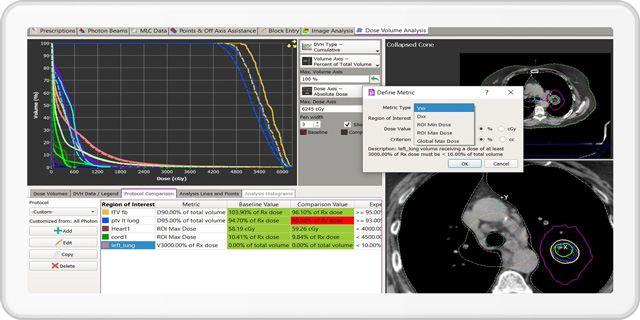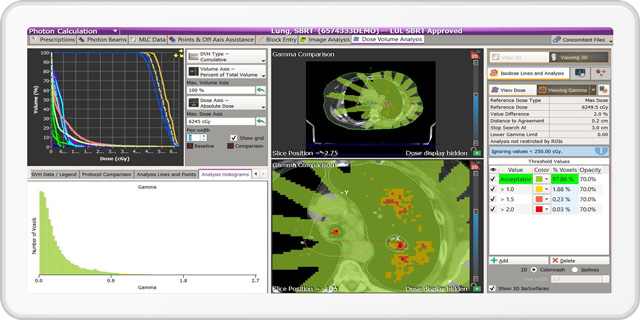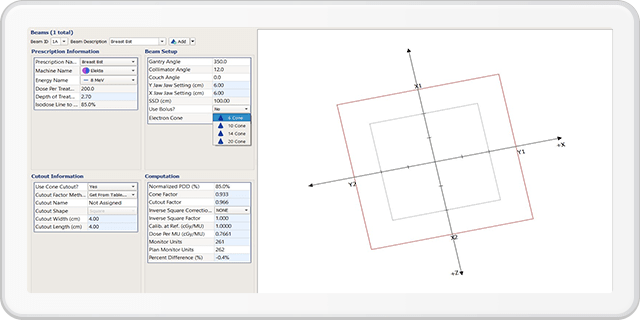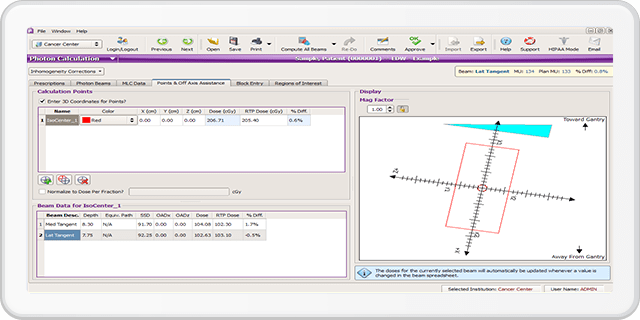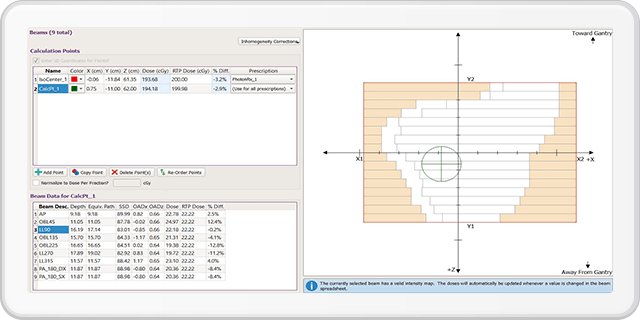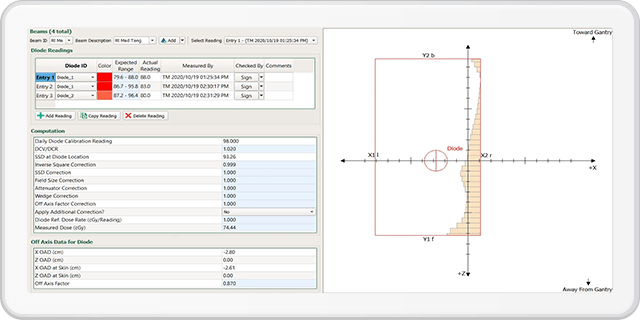Quality assurance tasks are increasingly demanding. RadCalc satisfies recommendations for an independent check of MU’s and in vivo dosimetry as recommended by both the “Comprehensive QA for Radiation Oncology”, report of AAPM Radiation Therapy committee Task Group 40 and the IAEA Technical Report Series 430 "Commissioning and Quality Assurance of Computerized Planing Systems for Radiation Treatment of Cancer".
More than 60% of the reported errors involve a lack of an appropriate independent verifications of the treatment plan
IAEA Technical Report 430
Joshua Robinson, James A Haley Veterans’ Hospital
"3D dose verification increases your likelihood of getting a better, more accurate picture of dose distribution inside the patient. You’re doing the calculation on the planning CT – just like the TPS is doing the calculation on the planning CT – so you’re no longer just relying on a single dose point for the QA comparison.”

